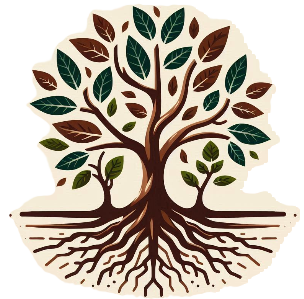USDA Zone Map
Understanding the USDA Plant Hardiness Zone Map
The USDA Plant Hardiness Zone Map is a valuable tool for gardeners, farmers, and landscapers. It helps you determine which plants are most likely to thrive in your region based on average winter temperatures. Below, we explain what the map shows, how to read it, and how to use it for successful planting.
The USDA Plant Hardiness Zone Map

Source: USDA Plant Hardiness Zone Map (2023)
What is the USDA Plant Hardiness Zone Map?
The USDA Plant Hardiness Zone Map divides the United States into 13 zones based on the average annual minimum winter temperature. Each zone represents a 10°F range, with subzones (a and b) splitting each zone into 5°F increments. For example, Zone 6a has minimum temperatures of -10°F to -5°F, while Zone 6b ranges from -5°F to 0°F.
The map is based on decades of weather data and was last updated in 2023 to reflect more recent climate trends. It helps you choose plants that can survive the coldest temperatures in your area.
How to Read the Map
The map uses colors to represent different zones, with a legend indicating the temperature range for each zone. Here’s how to interpret it:
- Locate Your Area: Find your city or region on the map. You can also use the interactive map on the USDA website by entering your ZIP code.
- Identify Your Zone: Match the color of your area to the legend. For example, light green might indicate Zone 7, while purple could represent Zone 3.
- Note the Subzone: Some maps show subzones (e.g., 7a or 7b). These indicate a finer temperature range, which can be critical for sensitive plants.
- Understand the Temperature Range: Each zone corresponds to a specific minimum temperature range, helping you assess which plants can survive your winters.
How to Use the Map for Gardening
Once you know your hardiness zone, you can make informed planting decisions. Follow these steps:
- Check Plant Labels: Most plant tags or seed packets list the hardiness zones where the plant can grow. Choose plants rated for your zone or colder zones (e.g., if you’re in Zone 6, plants for Zones 3–6 are safe).
- Consider Microclimates: Your garden may have warmer or cooler spots (e.g., near a south-facing wall or in a low-lying area). Adjust your plant choices accordingly.
- Plan for Climate Variability: The map is based on averages, so occasional extreme cold may affect borderline plants. Consider protective measures like mulching or covering plants during harsh winters.
- Explore Zone-Pushing: Experienced gardeners sometimes try plants from a warmer zone (e.g., Zone 7 plants in Zone 6) by using greenhouses, frost blankets, or sheltered locations.
- Use the Interactive Map: Visit the USDA’s official website (planthardiness.ars.usda.gov) for a detailed, searchable version of the map to pinpoint your exact location.
Additional Tips
While the USDA map is a great starting point, other factors like soil type, sunlight, and moisture also affect plant success. Combine zone information with local gardening resources or consult with nearby nurseries for the best results.
Happy planting!
